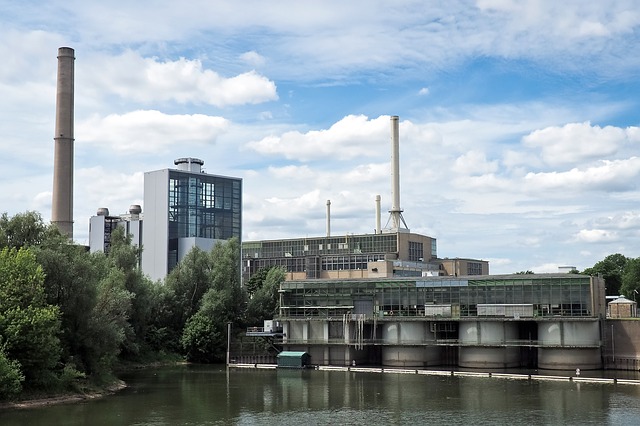INTRODUCTION
The ozone layer is protecting layer around the Earth that restricts harmful ultraviolet radiations coming from the sun. The increasing industrial activities on the Earth have caused extreme damage to this protecting layer that is present in the stratosphere. Check out: Ozone Depletion – Causes, Effects, and Solutions.
OZONE DEPLETION
Ozone depletion is defined as the thinning of the ozone layer due to chemical compounds such as CFCs released as a result of human activities.
CAUSES OF OZONE DEPLETION
The causes of ozone depletion are mainly chemical compounds that especially include Chlorofluorocarbons abbreviated as CFCs. The sources of these chemical compounds are air conditioners, refrigerators, aerosols, solvents, etc. Chlorine atoms in chemical compounds react with ozone in the presence of sunlight. Check out Negative Impacts of Space Exploration on the Environment
ENVIRONMENTAL IMPACTS OF OZONE DEPLETION DUE TO CFCS
Chlorofluorocarbons stay in the atmosphere for a longer time and one chlorine atom can react with many ozone molecules. The environmental impacts of ozone depletion due to CFCs are mentioned below.
-
High Levels of Ultraviolet Radiations
The depletion of the ozone layer allows more harmful ultraviolet radiations to reach the Earth’s surface. High levels of ultraviolet radiation show negative impacts on human, animal, and plant lives.
-
Agricultural Damage
The damaging ultraviolet radiations reaching the Earth due to ozone depletion are destructive for agriculture. The crop productivity and photosynthesis get lowered and adversely impacted by ozone depletion.
-
Loss of Plant Species
A diverse variety of plants species is sensitive to harmful ultraviolet radiations. The plant leaves get burned during the respiration process and the survival rate of plants decreases. You may like to read Anthropogenic Factors That Cause Species Decline
-
Food Insecurity
The environmental issue of ozone depletion is contributing to food insecurity because damage to aquatic and terrestrial plant life will eventually disturb the global food supply.
Read: Climate Change Is Increasing Food Shortage Around The World
-
Disease Breakouts
Disease breakouts are becoming a common issue in the world due to ozone layer depletion. The harmful UV radiations are responsible for human health problems such as different types of skin cancers.
-
Disruptions in Food Chain
Phytoplankton are important for the food chain. The ozone depletion damage the productivity of phytoplankton. Phytoplankton are part of the aquatic ecosystem that play an important role in carbon cycling.
-
Infrastructure Damage
Ozone layer depletion shows negative effects on infrastructure as well. Ultraviolet radiations are causing damage/breakdown to natural and synthetic polymers that are used in day-to-day life routines.
-
Damage to Marine Life
Ozone depletion has dangerous effects on marine life. It includes such as fish, amphibians, etc suffer early-stage developmental disorders due to ozone layer depletion. Also check out: Marine Pollution – Its Risky Effects on Marine Life & Humans.
-
Changes in Biogeochemical Cycles
Changes in the ozone layer affect the biogeochemical cycles of the Earth. Damage to plant life due to ozone depletion ultimately affects the ecosystem because plants help in nutrient cycling and biogeochemical cycles.
-
Amplification of Atmospheric Conditions
Ozone depletion negatively impacts the atmosphere of the Earth due to harmful radiations coming from the sun. It amplifies worst atmospheric conditions such as increased level of greenhouse gases in the air that absorbs more heat and cause global warming.
CONCLUSION
Ultraviolet radiations are harmful not only for humans but for plants and animals as well. The ozone layer in the stratosphere is absorbing harmful radiation coming from the sun. However human activities have caused another disaster and that is ozone layer depletion. The destruction rate of the ozone layer is higher as compared to its formation. An international treaty named Montreal protocol deals with phasing out CFCs.
Also check out: Deep Sea Mining and Its Negative Effects on the Environment
I hope you all liked this post! Please comment below if you have any suggestions, comments, or feedback! We at #envpk love hearing from our readers! Thanks!




